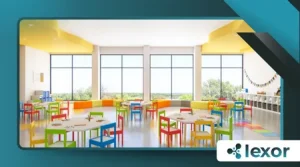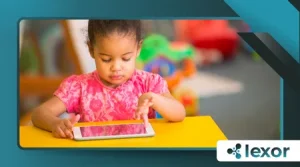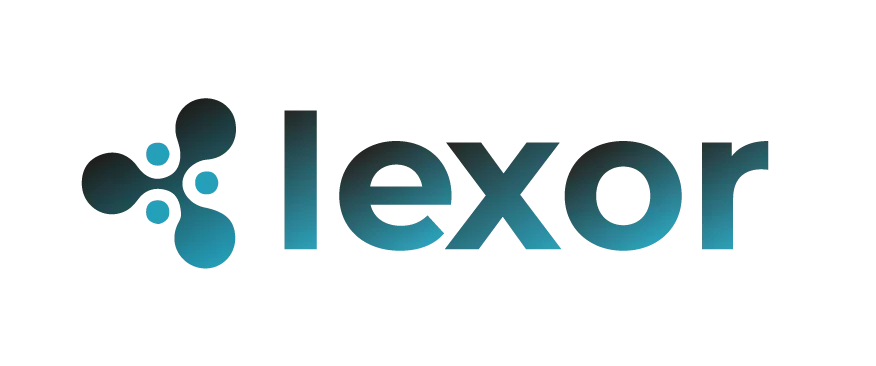Digital Learning Centers: Ideas for Preschool Classrooms

Digital Learning Centers are transforming preschool classrooms, but the question isn’t whether we should integrate technology; it’s how.
The true challenge is creating a framework that enriches, rather than replaces, the hands-on exploration that defines early childhood.
Technology, when used thoughtfully, can be a powerful tool for building foundational skills. It’s about more than just screens. It’s about intentional design.
Digital tools can be integrated in a way that promotes collaboration and creativity. Instead of isolating children with tablets, a well-designed center encourages group activities.
Think of it as a new kind of “block corner” where children build not just with wood but with pixels and programs.
The goal is to make learning an interactive experience. A well-planned approach is critical to success.
The Vision: From Screens to Synergistic Play
Integrating technology into a preschool setting requires a new mindset. We need to move beyond simple educational apps. The goal is to foster a dynamic environment.
Imagine a classroom where children can use a tablet to create a storybook with their own drawings. They can then project it onto a wall for their classmates to see.
This blends creative expression with digital literacy.
Children learn best through play. Therefore, digital integration should support, not detract from, playful exploration.
The focus must remain on the child’s developmental stage. They should be creators, not just consumers, of digital content.
Designing an Effective Digital Learning Center

Creating an effective center requires thoughtful planning. You need to consider the age group and learning goals.
++How Virtual Reality Is Helping Patients with PTSD
The space should be inviting and easily accessible for young children. Start with a clear purpose for each activity. Don’t introduce technology for technology’s sake.
A successful center will balance digital and physical resources. For example, a station with a smart table can be used for collaborative puzzles.
Meanwhile, nearby shelves hold physical puzzles that reinforce the same concepts. This creates a bridge between digital and tactile learning.
A Tale of Two Centers: Practical Examples
To understand this better, let’s explore two contrasting approaches. The first is a static, app-based center. Here, children sit with individual tablets, each completing a pre-programmed activity.
++Why Early Coding Skills Matter (and How to Teach Them)
While this might teach a specific skill, it lacks the collaborative spirit essential for social development. It’s a passive, solitary experience.
Now, consider a different model. The “Innovation Station.” Here, two or three children work together at a large touch-screen table.
They are given a prompt, like “design a zoo.” They use a simple, open-ended program to draw animals and create habitats together.
++How to Use Educational Videos Effectively with Kids
This promotes communication, problem-solving, and shared creativity. It’s a dynamic, interactive space. The difference is in the design.
The Power of Purposeful Technology Integration
Technology shouldn’t just entertain. It must have a clear pedagogical purpose. It should support and extend the curriculum, not replace it.
A good rule of thumb is to ask: “Does this digital tool help children learn in a way that physical materials cannot?” If the answer is no, it’s probably not the right tool.
This is the guiding principle for a strong Digital Learning Centers strategy.
Read more: 5 Ways to Use Technology in a Preschool Classroom
The best technology integration is nearly invisible. It blends seamlessly into the daily flow of the classroom.
Children use a talking pen to hear the letters in their name. They use a camera to document their building projects. These tools simply enhance what’s already happening.
A 2024 study by the Early Childhood Technology Collaborative found that preschools with well-implemented, play-based digital centers showed a 15% increase in cooperative play among students.
This statistic highlights the tangible benefits of a collaborative approach to technology. It confirms that the right tools can strengthen social-emotional skills, not just cognitive ones.
The right framework matters.
Integrating Digital Tools into the Preschool Day
This isn’t about setting up a separate computer lab. It’s about integrating technology into existing learning areas.
| Learning Center | Traditional Materials | Digital Integration |
| Block Center | Wooden blocks, cars | Interactive tablet with virtual blocks for new creations |
| Art Center | Crayons, paint, paper | Drawing app with varying textures and colors, projector for group art |
| Literacy Center | Books, alphabet letters | Interactive e-books, phonics apps with voice recognition |
| Science Center | Magnifying glass, plants | Digital microscope, apps to track plant growth |
This table shows how you can use technology to enhance what you’re already doing. It’s about building on success.
Digital Learning Centers: The Analogy of the Compass
Think of a teacher as a skilled mariner. They know their destination: a well-rounded, curious child. The compass, a vital tool, doesn’t sail the ship. It guides the way.
Similarly, technology isn’t meant to “teach” in isolation. It’s a compass. It points the child in the right direction, providing a new way to explore and understand concepts.
The teacher remains the expert who navigates the learning journey, using technology as a guide. This is the true potential of Digital Learning Centers.
Conclusion: Moving Beyond the Debate
The debate about whether to use technology in early education is outdated. The conversation has evolved. We should now focus on “how” to use it effectively and ethically.
A thoughtfully designed Digital Learning Centers approach can be a catalyst for deeper learning and social connection. It’s not about replacing play; it’s about expanding its possibilities.
We must equip children with the skills they will need for their future. The time to start is now.
In the end, it’s not the technology that matters, but the intention behind it. Are we creating digital play spaces that foster curiosity and collaboration, or simply providing screens for passive consumption?
The answer will shape the future of our youngest learners.
Frequently Asked Questions
Q: Isn’t technology a distraction for young children?
A: When used improperly, yes. However, well-designed Digital Learning Centers focus on purposeful, engaging activities that promote active learning and collaboration, minimizing passive screen time.
Q: What about the cost of implementing a center?
A: The cost varies, but many high-impact tools are surprisingly affordable. Start small with a single interactive screen or a few tablets and expand as your budget allows.
Q: How do you train teachers to use this technology effectively?
A: Professional development is key. Training should focus on pedagogical applications, not just technical skills. Teachers need to understand how to integrate these tools into their curriculum to truly unlock their potential.
